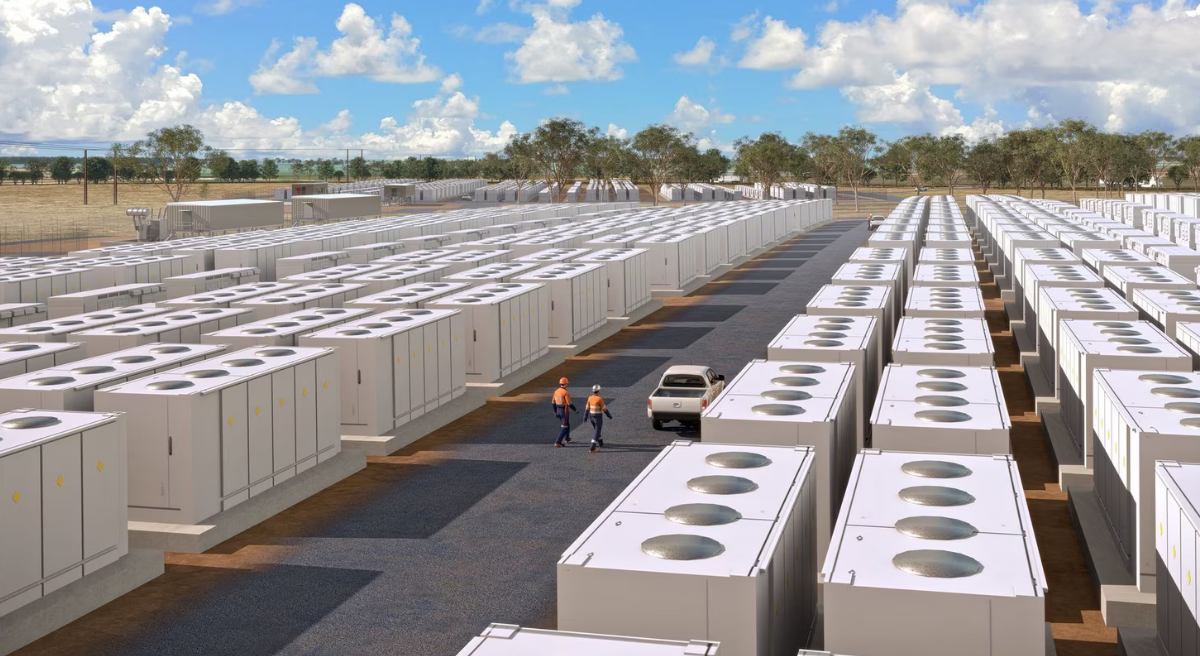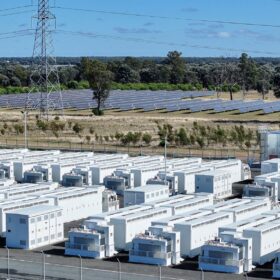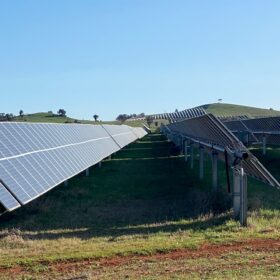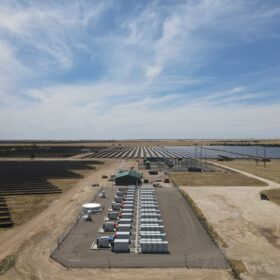Pernod Ricard Winemakers has become the first large wine company in Australia to achieve 100% renewable electricity. The winemaker will source 20% of its electricity needs from a 2.8 MW on-site solar array, with the remaining 80% provided by Flow Power under a Virtual Generation Agreement (VGA).
The commitment was achieved ahead of schedule and will ensure that all wines from the French company’s iconic Australian wine brands Jacob’s Creek, St Hugo and Wyndham Estate will be produced using electricity from renewable sources.
More than 10,300 solar panels have been installed by energy company AGL across the company’s two Barossa Valley wineries, with a predicted annual generation of 4,000 MWh, enough to power the equivalent of nearly 800 South Australian homes. The first 1 MW stage was switched on last November when the winemaker unveiled its 100% renewables plans.
Last month, Pernod Ricard Winemakers partnered with Glaciem Cooling Technologies to install a thermal battery with its on-site solar PV to reduce exposure to peak electricity costs for process cooling. With the financial backing of the Australia Renewable Energy Agency, Pernod’s winery is one of three industrial sites trialling the innovative refrigeration technology developed in cooperation with the University of South Australia.
In addition to the on-site installations, Pernod Ricard Winemakers has inked a 10-year VGA with Flow Power, which marked the wholesale electricity retailer’s first hybrid power purchase agreement in South Australia delivering a blend of wind and solar power.
According to Brett McKinnon, Pernod Ricard Winemakers’ Chief Operations Officer, being sustainable and responsible is an important part of the company’s business, particularly as producers of wine – a product that takes its character from the land where it was grown.
“Our journey began in 2016 with a pilot solar installation after we recognised that we had a huge opportunity across our wineries to harness the power of the sun through solar panels,” he said. “Three years later, we are exceptionally proud to say that we are now sourcing all electricity from renewable sources, in alignment with our global ambition.”
As for many other corporates and industries, electricity is the single biggest cost for winemakers. According to the Australian Energy Market Operator, electricity demand costs in wineries account for over 40% of total expenditure. The South Australian Wine Industry Association (SAWIA) calculates that refrigeration consumes between 50-70% of the electricity used at a typical winery.
For this reason, one of the key recommendations from the Australian Wine Research is to embrace alternative energy sources: solar PV, cogeneration and battery technology in order to make wineries more cost-effective and energy-efficient.
The ultimate combination of on-site PV and renewable energy PPA has been tapped by another major winemaker, Australian Vintage. To complement its 2 MW rooftop solar array, the vineyard owner signed last year a renewable PPA with Flow Power, based on which 90% of power at its Buronga Hill Winery in New South Wales will be met by solar and wind for 10 years.
This content is protected by copyright and may not be reused. If you want to cooperate with us and would like to reuse some of our content, please contact: editors@pv-magazine.com.









Wine from sunshine, from the sun on the grapes on the vines and now the energy generated from the sun on the winery’s very own alternative energy power plant to finish the process. Slap some more solar PV and energy storage on the winery and use it to power an all electric fleet of farm implements to harvest and move the product around.